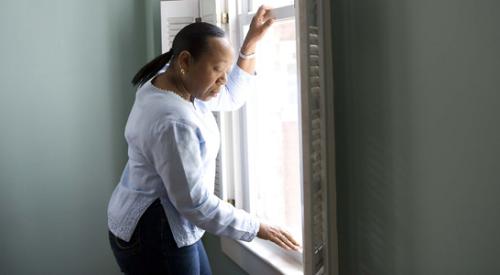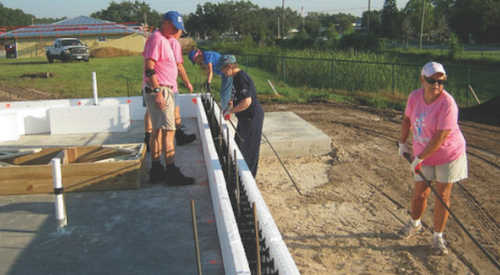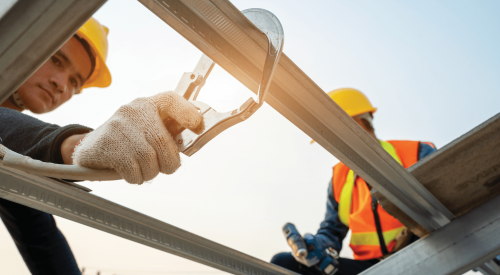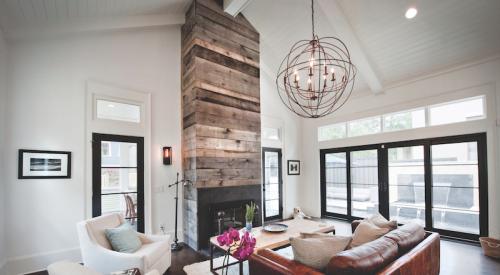In Many Cities, Downtown Housing Comes with a Hefty Premium
Americans who live in the downtowns of most large cities are paying a big premium for their homes. Now 10 years after the worst financial crisis in living memory, Property Shark analyzed a decades’ worth of home prices in 34 of the largest cities in the country plus Manhattan and Brooklyn. The real estate blog compared median sale prices in these cities to that of their downtowns since the real estate crash.
In Chicago, urban core dwellers pay $675,000 more than the city median, the heftiest premium in the country. In Philadelphia, Boston, and Manhattan, the downtown premium is well over $300,000. Buying a home in Charlotte’s downtown costs an additional $280,000.
There are exceptions to the downtown premium. Most of California’s downtowns are cheaper than other parts of the city. Long Beach, Bakersfield, and San Jose’s urban cores are some of the most affordable. Los Angeles is the largest U.S. city where the downtown median is lower than in the rest of the city.
OSHA Inspections to Increase, says Secretary of Labor
Secretary of Labor R. Alexander Acosta recently told a Congressional committee that he expected OSHA inspections to increase soon. Newly hired inspectors are getting up to speed, Acosta said, and when deployed, will step up inspections. OSHA inspections exceeded 32,000 in 2017 and 2018, more than the 31,948 total in 2016, despite attrition of inspectors at the agency.
OSHA has a relatively flat budget proposal for 2020, but Acosta cited an increase in enforcement funding (around $3.8 million more for federal enforcement). Acosta pointed to a decrease of 43 workplace fatalities from 2016 to 2017 – the most recent data available – and more than 40,000 fewer workplace injuries.
But OSHA conducted 929 fatality/catastrophe investigations in 2018, the most in a decade. That may indicate an increase in fatalities when the Bureau of Labor Statistics publishes its Census of Fatal Occupational Injuries, likely in December.
Dept. of Energy Launches Resource for Homeowners Making Energy-Related Improvements
The U.S. Department of Energy recently launched a resource called Home Improvement Expert (HEI). It is designed to “help homeowners with the 15 million energy-related home improvements they make each year,” the department says.
HEI includes 21 home improvement checklists that can be attached to vendor contracts to ensure quality work, and help vendors be more competitive, according to the department. “This is important because research shows energy-related home improvements are significantly non-compliant with industry best practices concerning performance and savings,” a department newsletter says.
To access HIE checklists, visit: https://basc.pnnl.gov/home-
In a related matter, the department says the number of certified Zero Energy Ready homes in the U.S. doubled from 2016 to 2018, and reached a record number of certified homes in January 2019.
Insulation Materials Have a Big Impact on Indoor Air Quality
While construction methods that are creating tighter home envelopes have great influence over indoor air quality, the type of materials used is not getting enough attention, according to a an expert from the IAQ Training Institute. Builders must be more aware of moisture generated during construction such as slabs and drywall joint compound. This is becoming a more important issue for builders.
New materials that are not resistant to mold are another issue needing attention. Mechanical ventilation can improve air quality in new homes, but their effectiveness depends on proper maintenance. Homeowners often do not do what is needed to ensure that ventilation is working optimally.
Building Codes, Techniques Changing in Tornado Alley
After touring areas hit hardest by tornadoes, the author of the upcoming book, Designing for Disaster, found that builders are changing their construction techniques. In Joplin, Mo., new homes are built to the wind-safety standards of the latest model codes that protect homes from winds that reach 135 miles an hour, the strength of an EF2 tornado or a Category 3 hurricane. Requirements include hurricane clips to fasten roofs to walls, beefed up concrete foundations, and foundation anchor bolts spaced a maximum of 4 inches on center.
If there is a stronger tornado, there isn’t a lot that can be done to protect the structure. In such an event, homeowners are better off seeking safety in a tornado shelter, whether inside the house, in the yard, or in a nearby community center.
In Moore, Okla., homes are now built primarily with brick or stone. There are few dormers on their hipped roofs, and few big eaves and overhangs that high winds could lift.













